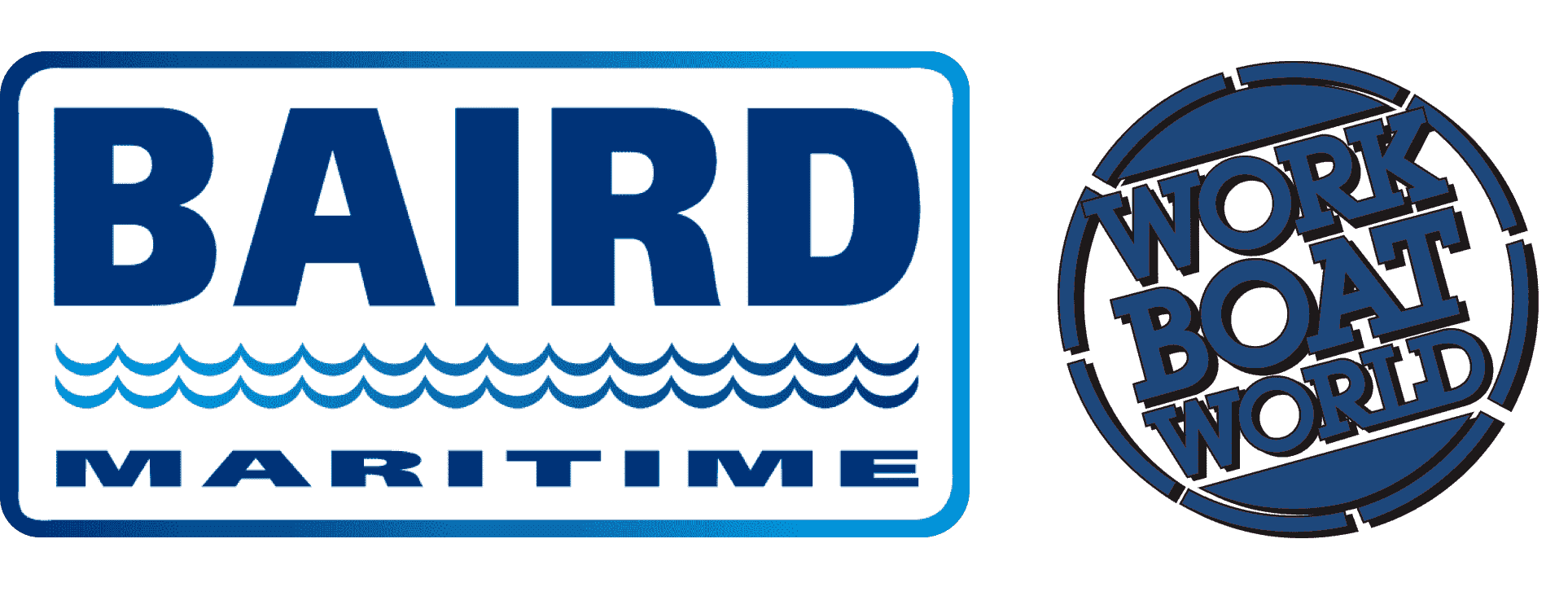VESSEL REVIEW | Dutch builder unveils 3D-printed autonomous ferry demonstrator
The Netherlands-based Holland Shipyards Group has completed construction of a new commuter ferry that was developed with the aid of 3D printing technology.
The demonstrator vessel has a length of nine metres (30 feet), a beam of 3.9 metres (13 feet), and a capacity of 35 passengers as well as an electric propulsion system, autonomous navigation technology, and a hull made from recycled materials. The interior is barrier-free to permit the transport of wheelchairs and bicycles.
Full suite of sensors
The vessel was developed with the cooperation of fellow Dutch company Roboat and French company Sequana Développement to address a number of issues such as high operating costs and a shortage of personnel.
Electric propulsion with a reduced mechanical footprint would translate into lower operating costs, while autonomous navigation would make it possible for vessels to transport passengers even without embarked crews.
The demonstrator vessel is fitted with a perception kit of cameras and other sensors such as LIDAR and a highly accurate GPS, which provide a full 360 degrees of coverage. These sensors scan the surroundings to detect both stationary and moving objects, and the data they gather will be fed into the onboard computer.
The control algorithms translate a given path into instructions to be followed by the vessel's thrusters, which will then manoeuvre the vessel accordingly so as to avoid colliding with structures, other vessels, and people and debris in the water.
The computer also constantly compensates for wind, current, and other external factors that influence the vessel's direction. All the information is evaluated and integrated by the mission control, enabling the boat’s computer to determine the most ideal path along the water even in the presence of such factors.
The boat is also able to autonomously steer and latch itself to appropriate docking stations. The latching system consists of two opposed-pairs of robotic arms that can be deployed to securely grab onto the stationary poles of a dock or the sides of another vessel. Once successfully latched, mechanical brakes lock the arms in position without consuming additional power.
Applicable to other transport roles
The modular design means that the vessel can also be configured for other uses such as light cargo and personnel transport in support of construction and maintenance projects.
The demonstrator ferry recently began conducting operational trials on the Seine River in Paris. The work on the demonstrator is part of a research project that also entailed the development of quarter-scale, half-scale, and full-scale prototype vessels. The project’s long-term goal is the introduction of a fleet of uncrewed, low-emission water taxis as an alternative means of mass transit in the famed canals of Amsterdam.


